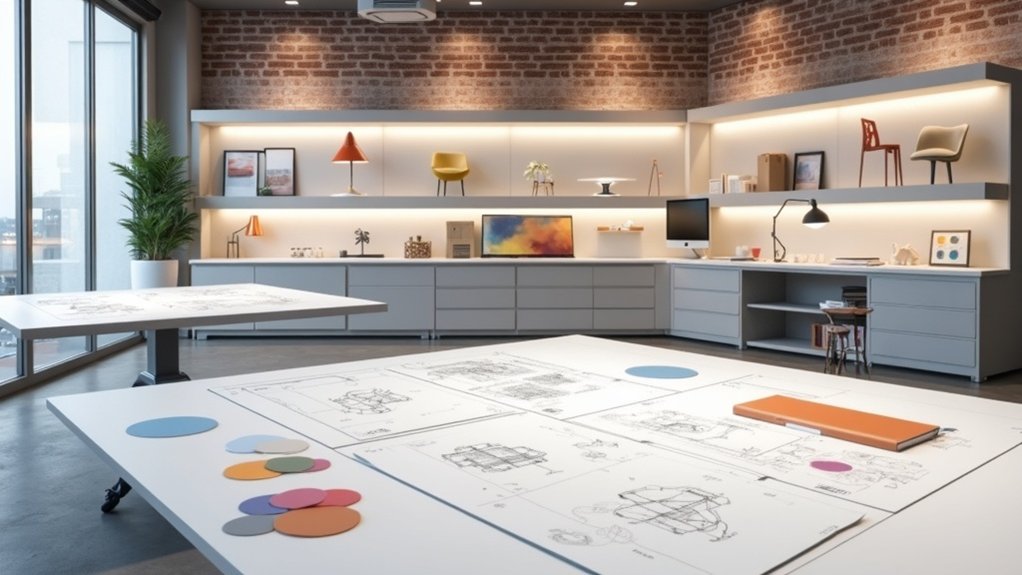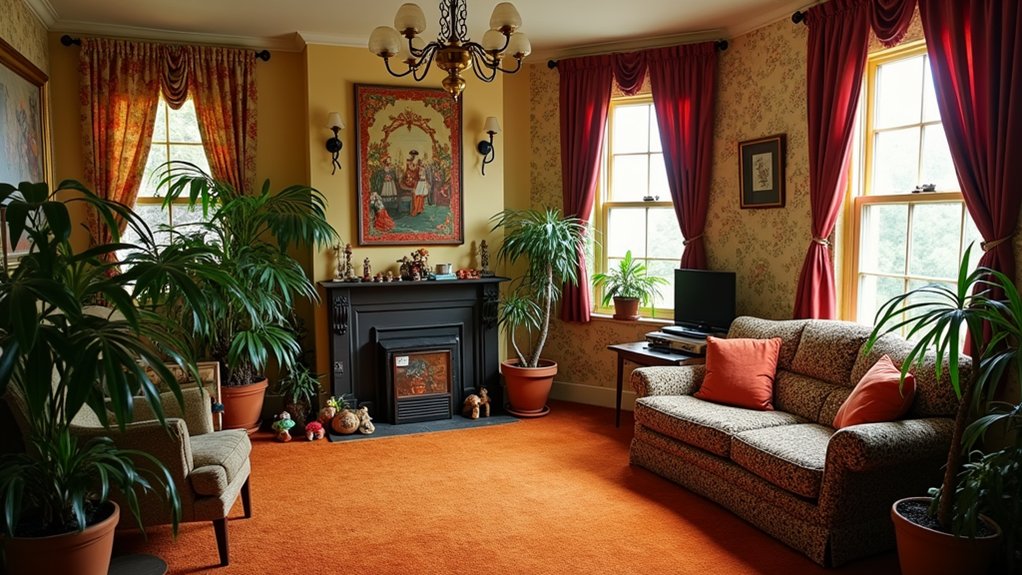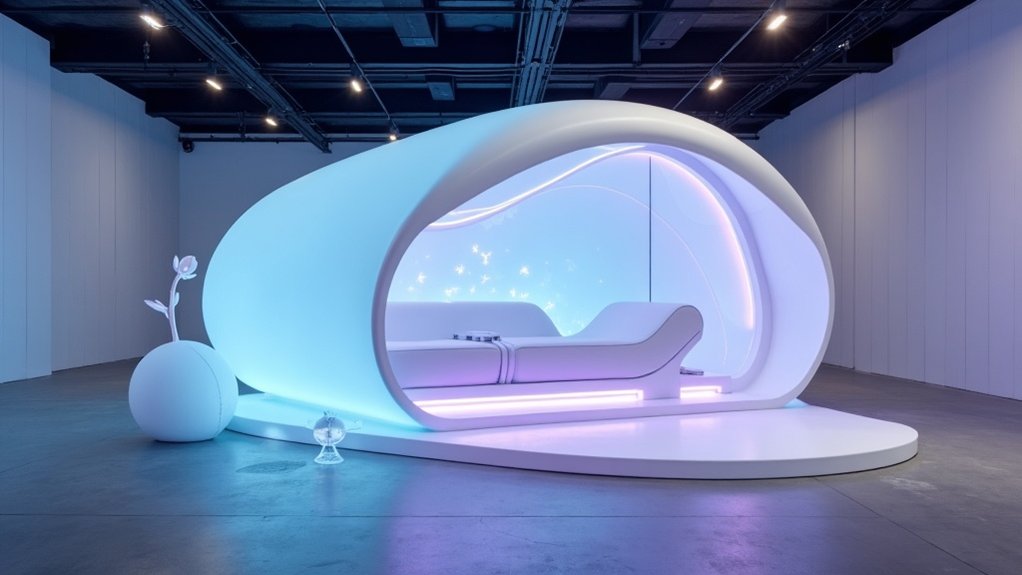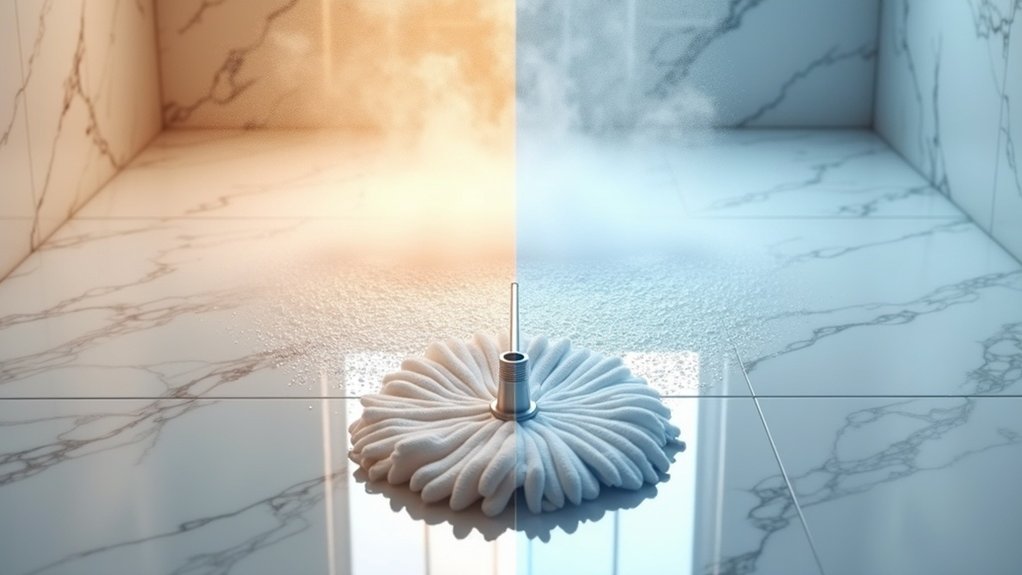Industrial designers stand at the intersection of creativity and commerce, shaping the products that define modern life while traversing a career environment marked by technological disruption and evolving market demands. The profession’s environment reveals both opportunities and challenges, with employment projections indicating 3-5% growth through 2026, adding approximately 2,000 positions to reach 40,000 total jobs nationwide. This modest expansion reflects broader economic shifts as traditional manufacturing roles yield to digital-focused positions.
European institutions have emerged as essential training grounds for aspiring designers steering through this transformation. The shift from standalone industrial designer roles to interdisciplinary titles like product designer and UX/UI specialist demands thorough education that bridges aesthetic sensibility with technical prowess. Students mastering CADD/CAID software, prototyping technologies, and sustainable design principles position themselves advantageously in a market where versatility determines success. Programs accredited by the National Association of Schools of Art and Design ensure students receive comprehensive training in drawing, three-dimensional modeling, and design theory fundamental to professional practice.
Financial rewards vary significantly across specializations. While industrial designers earn a median annual wage of $79,450, their UX counterparts command roughly 40% higher salaries, illustrating the premium placed on digital expertise. Entry-level professionals typically start between $55,000 and $74,999, with advancement closely tied to software proficiency and specialized knowledge in emerging fields like IoT product development.
The sustainability revolution particularly influences career trajectories. Designers versed in eco-friendly materials and circular economy principles find increased marketability as corporations prioritize environmental responsibility. This trend intersects with design’s elevation as a strategic business driver, opening pathways to executive roles previously inaccessible to creative professionals. Modern designers increasingly adopt the principle of form follows experience, prioritizing comprehensive user journeys over traditional aesthetic considerations.
Career progression follows multiple routes: from project leadership through design management to creative director positions in major corporations. Entrepreneurial designers launch consultancies or product startups, while others pursue academic research or teaching. The profession’s transferability across automotive, technology, healthcare, and consumer goods sectors provides remarkable flexibility.
Success increasingly depends on balancing technical skills with communication abilities and interdisciplinary collaboration. As automation reshapes manufacturing and remote work expands geographic boundaries, industrial designers must adapt continuously. Those combining traditional design fundamentals with digital fluency, sustainable practices, and strategic thinking find themselves well-positioned for growth in an evolving creative economy where innovation drives competitive advantage.









